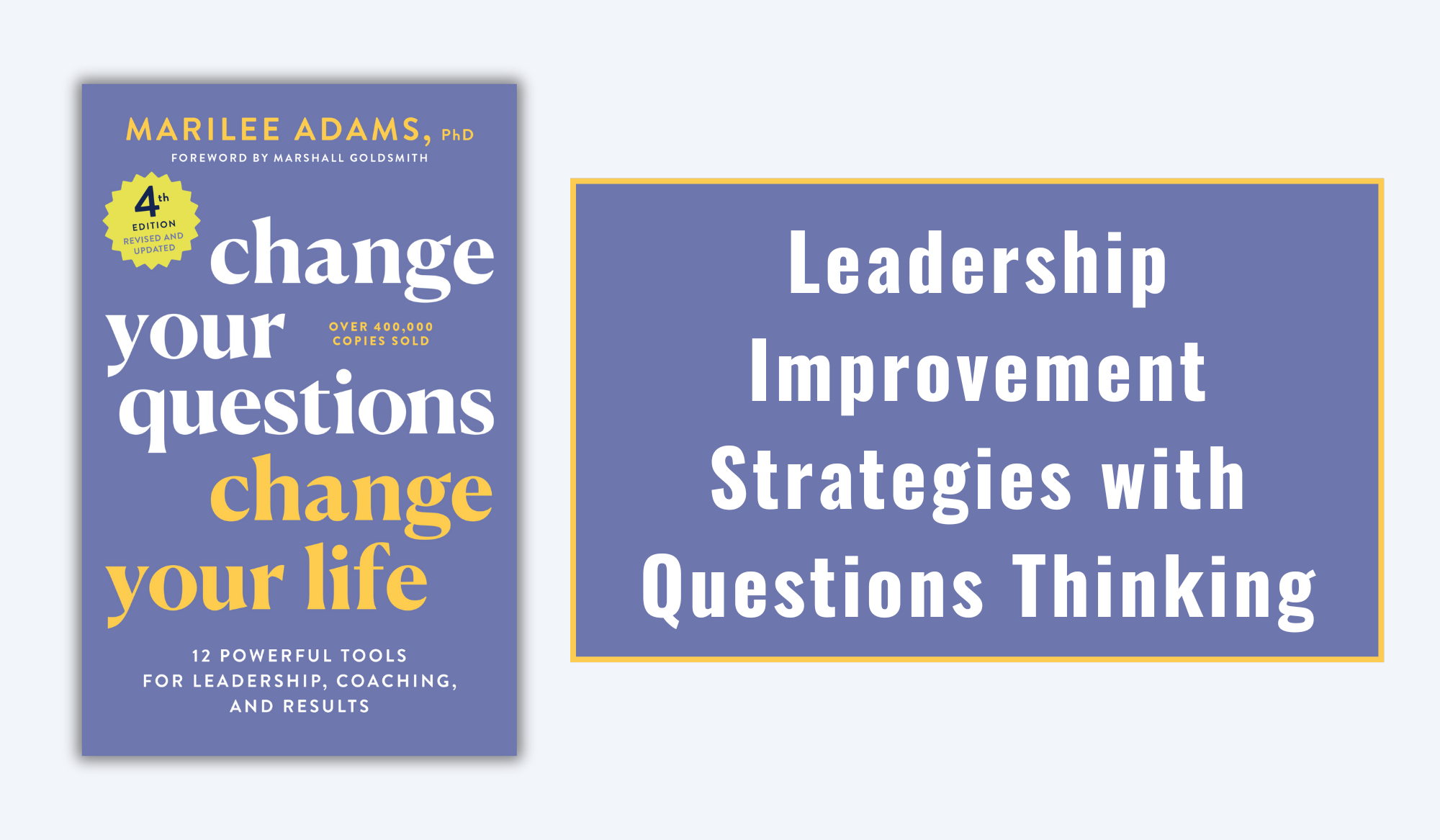Roy Cohn taught Donald Trump the six rules of managing and dominating situations and people. These are those rules and you can see them being utilized to this very day by the man to brutal ends (this is excerpted from the book, The Last American President):
1. Never apologize or admit wrongdoing, ever. Cohn viewed contrition as weakness and would rather die (literally, as it turned out) than acknowledge error or fault. As journalist Ken Auletta, who covered Cohn extensively, noted, “The idea that you can admit a mistake is not part of Roy’s genetic code.” This principle would become so fundamental to Trump’s approach that even faced with irrefutable evidence—a recorded confession of sexual assault on the Access Hollywood tape, for instance—he would deny, deflect, and attack rather than offer the slightest acknowledgment of impropriety.
2. Always counter-attack, and always with greater force than you received. When criticized or accused, Cohn’s response was invariably to hit back harder, to escalate, to make the accuser regret ever mentioning his name. As Cohn himself explained to a reporter: "I bring out the worst in my enemies, and that’s how I get them to defeat themselves.” This tactic became Trump’s signature move, whether attacking Gold Star parents who criticized him, mocking a disabled reporter who questioned his claims, or threatening critics with lawsuits and retribution.
3. Use the legal system as a weapon, not a recourse for justice. Cohn taught Trump that lawsuits were instruments of intimidation, not vehicles for dispute resolution. He filed cases not to win—though winning was nice—but to punish, to harass, and to silence. The expense and stress of litigation was the point, not the legal outcome. Trump would eventually be involved in over 3,500 lawsuits—an unprecedented number for any American businessperson or politician—using the courts not to seek justice but to exhaust opponents with fewer resources.
4. Manipulate the media ruthlessly. Cohn was a master at planting stories, cultivating journalists, and creating controversy to serve his ends. He understood that perception trumped reality, that bold claims often went unchallenged, and that most people would remember the accusation but not the retraction. Trump elevated this approach to an art form, calling reporters using pseudonyms like “John Barron” to plant favorable stories about himself, staging pseudo-events to attract coverage, and later, using Twitter to bypass media filters entirely and inject his unfiltered messages directly into the public consciousness.
5. Use fear as both shield and sword. Cohn understood that people who are afraid—of communists, of crime, of social change, of the “other”—are easier to manipulate and more willing to accept authoritarian solutions. He helped McCarthy weaponize the Red Scare, stoking paranoia about secret communists undermining America from within. Trump would adapt this tactic to the 21st century, stoking fears about immigrants, Muslims, “inner city” crime, and later, a “deep state” conspiracy, always positioning himself as the only solution to these terrifying threats.
6. Build a fortress of loyalty around yourself. Cohn demanded absolute devotion from his clients and associates, and he repaid it in kind, at least until they were no longer useful. He created a network of mutual obligation and fear that served as both sword and shield in his battles. Trump’s infamous demand for loyalty—from James Comey, from his cabinet members, from Republican legislators—and his swift punishment of perceived disloyalty, all echo Cohn’s approach to power.



